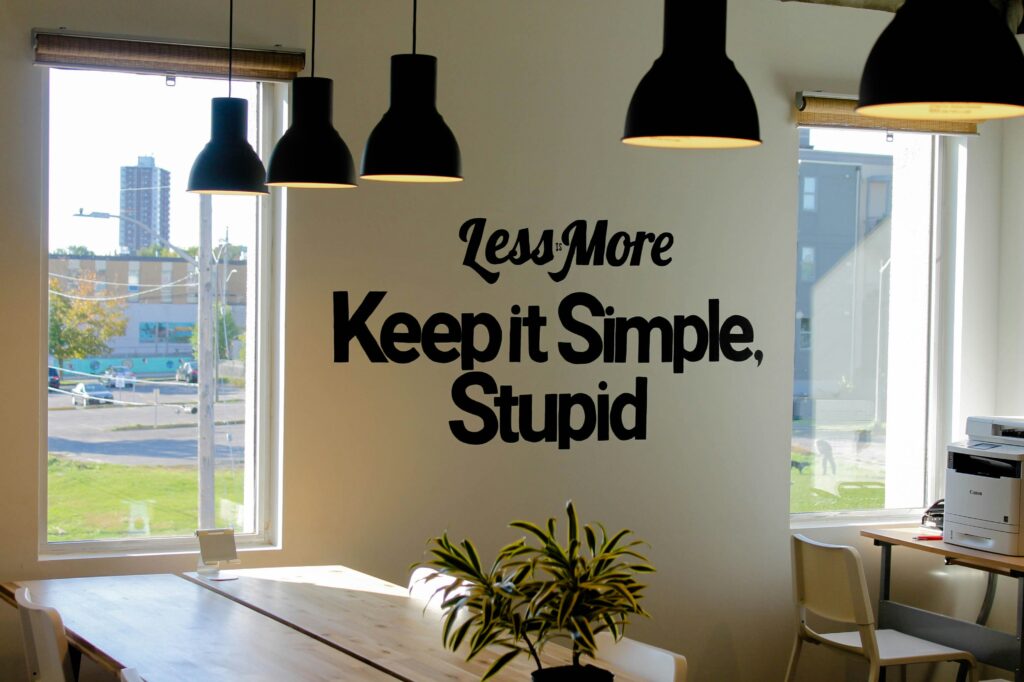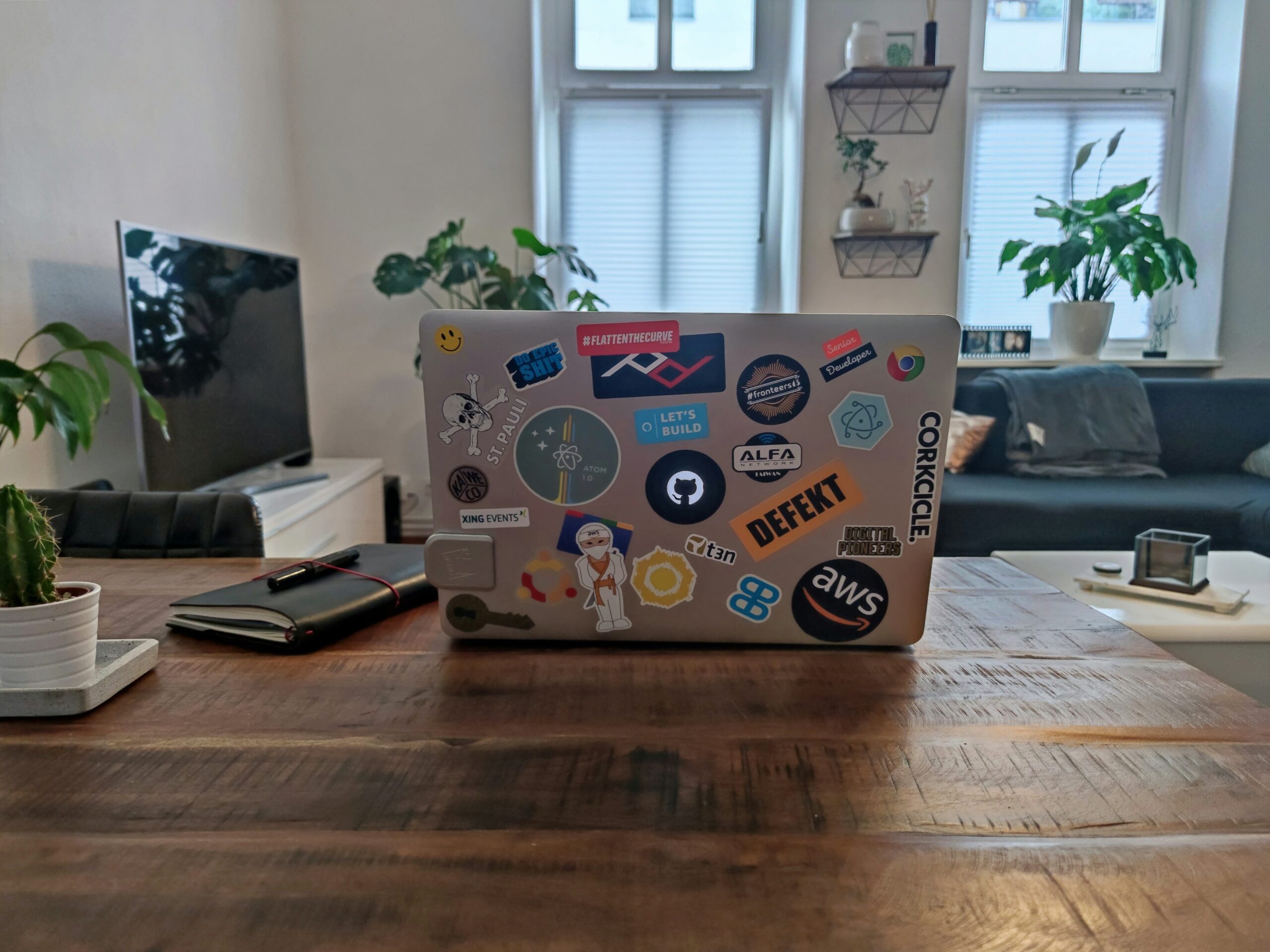For startups, the initial stages of product development – prototyping and design – are critical. They lay the foundation for user experience, market validation, and ultimately, success. However, these phases can often be time-consuming, resource-intensive, and require specialized skills that early-stage companies might lack.
Enter Artificial Intelligence (AI). While still in its nascent stages within the design workflow, AI is rapidly emerging as a powerful ally, offering startups unprecedented opportunities to accelerate prototyping, enhance design quality, and even democratize the design process itself. This isn’t about replacing human creativity; it’s about augmenting it, freeing up designers and founders to focus on higher-level strategy and innovation.
This blog post will explore the exciting ways AI is currently impacting and will continue to transform prototyping and design for startups, providing actionable insights and examples of tools that are making this revolution a reality.
The Evolving Landscape: AI’s Role in the Design Workflow
Traditionally, prototyping and design involve significant manual effort, from sketching initial concepts to creating high-fidelity mockups and interactive prototypes. AI is beginning to permeate various stages of this workflow, offering assistance in areas like:
- Inspiration and Idea Generation: AI algorithms can analyze vast datasets of design patterns, user preferences, and trending aesthetics to provide inspiration and even suggest novel design directions.
- Rapid Prototyping: AI-powered tools are emerging that can translate simple text descriptions or basic wireframes into functional prototypes, significantly reducing the time and effort required for initial visualization.
- User Interface (UI) Design Assistance: AI can analyze existing UI patterns and best practices to suggest optimal layouts, component placements, and even color palettes, ensuring consistency and usability.
- User Experience (UX) Analysis: AI can analyze user behavior data from existing products or prototypes to identify potential usability issues and suggest improvements to the user flow and overall experience.
- Accessibility Considerations: AI tools can help designers identify potential accessibility issues early in the design process, ensuring that products are inclusive and usable by a wider audience.
Concrete Ways Startups Can Leverage AI in Prototyping and Design
Here are practical applications of AI that startups can explore to enhance their prototyping and design processes:
1. AI-Powered Design Inspiration and Discovery:
- Image and Pattern Recognition: Tools that utilize AI-powered image recognition can analyze design trends on platforms like Dribbble, Behance, and Pinterest, helping founders and designers identify emerging styles and effective visual elements for their industry.
- AI-Driven Mood Board Creation: Some tools can automatically generate mood boards based on keywords, color palettes, or desired aesthetic styles, streamlining the initial visual exploration phase.
Example: Platforms leveraging advanced image search and analysis can help uncover design trends and identify visually appealing elements.
2. Accelerating Prototyping with AI:
- Text-to-UI Generation: Emerging AI tools can generate basic UI elements and layouts based on textual descriptions of the desired functionality. While not yet a replacement for detailed design, this can significantly speed up the initial prototyping phase and allow for rapid iteration on core concepts.
- Wireframe-to-Mockup Conversion: AI algorithms are being developed to automatically transform low-fidelity wireframes into more visually refined mockups, saving designers considerable time in the transition from concept to visual representation.
Example: Keep an eye on evolving tools that are exploring the intersection of natural language processing and UI generation.
3. Enhancing UI/UX Design with AI Insights:
- Layout Optimization: AI can analyze user eye-tracking data and interaction patterns from similar applications to suggest optimal layouts for key elements, improving usability and conversion rates.
- Component Recommendation: Based on the intended functionality and user context, AI can recommend the most appropriate UI components (buttons, forms, navigation elements) to ensure a seamless user experience.
- Automated A/B Testing Suggestions: AI can analyze user behavior data from A/B tests and suggest new variations to test, accelerating the optimization process and identifying winning design elements faster.
Example: Some advanced analytics platforms and UI design tools are starting to integrate AI-powered recommendations for layout and component selection.
4. Ensuring Accessibility with AI Assistance:
- Automated Accessibility Checks: AI tools can analyze designs for common accessibility issues like insufficient color contrast, missing alt text for images, and improper heading structures, helping startups build more inclusive products from the outset.
- Accessibility Recommendations: AI can provide suggestions on how to improve the accessibility of specific design elements, ensuring compliance with WCAG guidelines.
Example: Plugins and online tools are emerging that use AI to scan designs for accessibility violations and offer actionable feedback.
5. Democratizing Design with AI for Non-Designers:
- AI-Powered Design Templates and Generators: Startups with limited design resources can leverage AI-powered platforms that offer customizable design templates and automatically generate visual assets like logos, social media graphics, and marketing materials based on simple inputs.
- Intelligent Design Assistants: AI-powered tools can guide non-designers through the design process, offering suggestions and best practices to create visually appealing and user-friendly interfaces.
Example: Platforms like Canva and Tailwind CSS IntelliSense incorporate AI features to assist users with design choices and code generation.
The Startup Advantage: Speed, Efficiency, and Innovation
For startups operating on tight timelines and budgets, AI in prototyping and design offers significant advantages:
- Faster Iteration Cycles: AI can accelerate the creation and refinement of prototypes, allowing for quicker validation of ideas and faster iteration based on user feedback.
- Reduced Design Costs: By automating certain tasks and providing design assistance, AI can help startups minimize the need for extensive design resources in the early stages.
- Improved Design Quality: AI-driven insights and recommendations can help even non-designers create more user-friendly and effective interfaces.
- Focus on Core Functionality: By streamlining the design process, AI frees up founders and developers to focus on the core functionality and technical aspects of their product.
- Democratization of Design: AI empowers individuals without formal design training to create visually appealing and functional prototypes and initial designs.

Photo by Mad Geek Love on Unsplash
Navigating the Future: Human Creativity Remains Key
It’s crucial to remember that AI in prototyping and design is not about replacing human creativity and intuition. Instead, it acts as a powerful assistant, augmenting human capabilities and streamlining repetitive tasks. The strategic vision, understanding of user needs, and creative problem-solving will always remain the domain of human designers and founders.
As AI continues to evolve, we can expect even more sophisticated tools that seamlessly integrate into the design workflow, enabling startups to build innovative and user-centric products faster and more efficiently than ever before. Embracing this technological shift can be a significant competitive advantage for startups looking to make a big impact with limited resources.


Leave a Reply